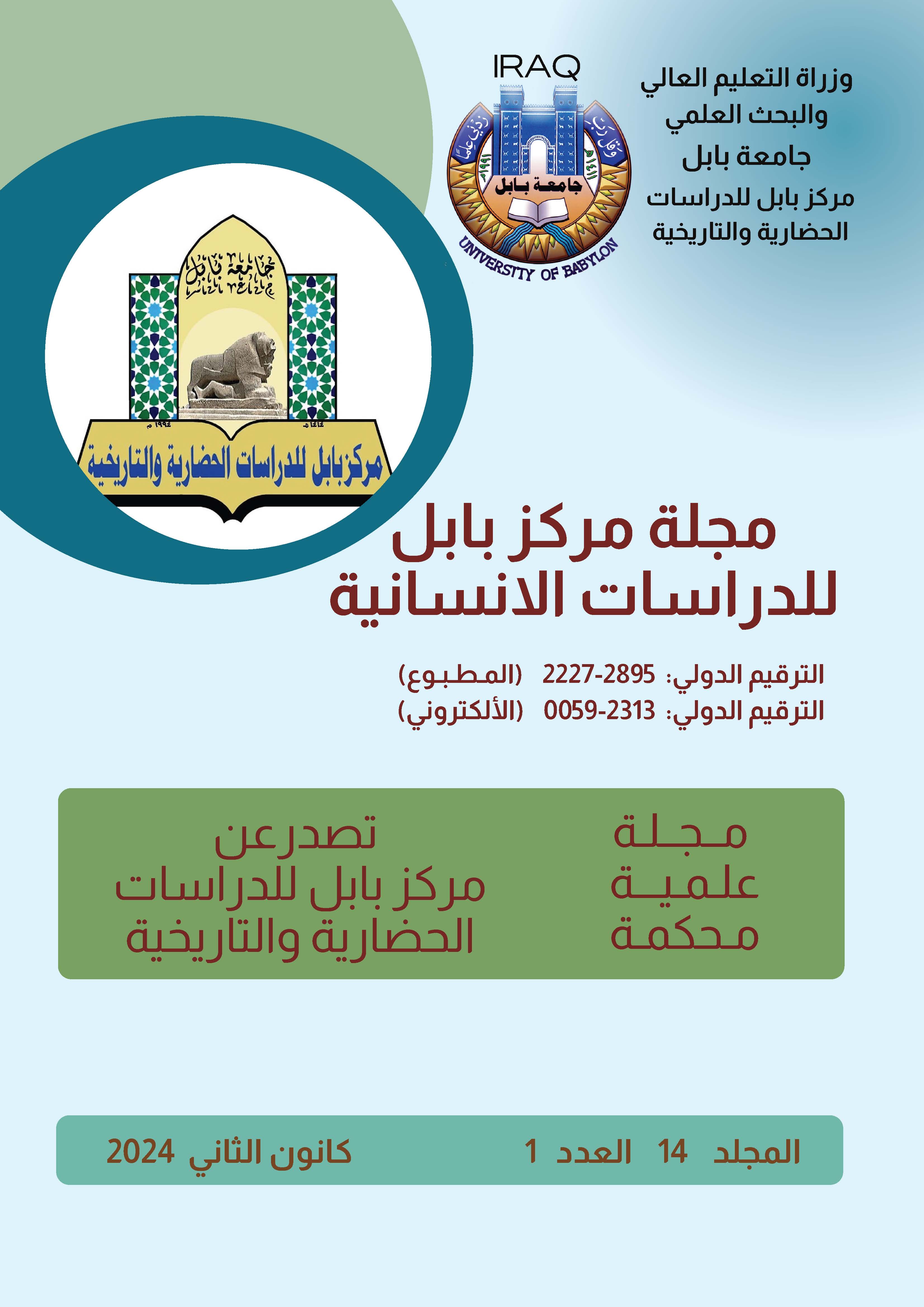Quantitative Assessment of Surface Runoff in the Nile Drainage Basin in Northern Yemen : a Hydromorphometric Study
Keywords:
Drainage basin, surface flow, Soil HydrologyAbstract
The research dealt with a study of the Nile Valley basin, which is one of the valleys of seasonal flow, with an area of about 701.4 km2, and is located in the northern of Republic of Yemen within the dry region, and is considered one of the studied basins, so the sports model (CN-SCS) was adopted Which is one of the most important methods that are used to reach the estimates of the surface flow size, which depends on a set of procedures and inputs. Modern geographical technologies have been used, because of the available information in a short time. The Geographical Information Systems program has been used. System and technology (Remote Sensing) In addition to the use of the Berkeley equation, which is an important mathematical equation in the calculation of surface runoff estimation to obtain accuracy in identifying areas that help the surface flow and water -executed areas that hinder the occurrence of superficial flow. Researchers and research centers interested in hydrological studies of water basins have contributed to the formulation of many mathematical solutions. The Runoff Curve Number (SCS - CN) method, also called Runoff Curve Number (RCNs) for short, is one of the most important methods used in calculating surface runoff in hydrological studies. It has been developed The US Soil Conservation Service, affiliated with the US Department of Agriculture, used this model to calculate surface runoff in 1970, and the final version was approved in 1986 ( ), and it will be adopted to estimate the amount of surface runoff in the Nile Valley Basin.







